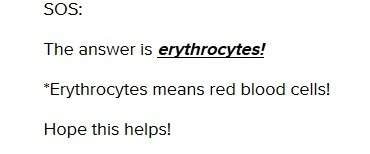
The following map was created using modern technology to determine the overall temperature of the oceans. What can be concluded about the relationship between temperature and salinity from the map? (4 points) A map showing global ocean temperatures in 2001. The warmest sections of water were north and south of the equator, in the Indian Ocean and the western Pacific Ocean; these sections were approximately 30 degrees Celsius. In the eastern Pacific Ocean and in the Atlantic Ocean, smaller sections north and south of the equator were slightly less warm-approximately 25 to 30 degrees Celsius. North and south of this band of warm water were bands of water with temperatures ranging from 15 to 20 degrees Celsius; the northern band extended to approximately 50 degrees north latitude; the southern band extended nearly to the Southern Ocean. North and south of these points, temperatures fell steadily to freezing. The coldest sections of ocean, surrounding the north and south poles, had temperatures that dropped several degrees below freezing. Public Domain Group of answer choices Salinity is lower in areas that have decreased precipitation. There isn't a correlation between temperature and salinity. Lower temperatures cause an increase in evaporation, which affects salinity. Higher temperatures cause an increase in evaporation, which affects salinity.

Answers: 2
Another question on Biology

Biology, 21.06.2019 15:00
6. in the dna double helix, how are the two strands of dna held together? a. chemical bonds between base pairs hold the two strands of dna together. b. hydrogen bonds between the base pairs hold the two strands of dna together. c. hydrogen bonds between sugar groups and phosphate groups hold the two strands of dna together. d. chemical bonds between sugar groups and phosphate groups hold the two strands of dna together.
Answers: 1

Biology, 21.06.2019 19:30
Animal bodies (and even plant bodies for that matter) are complex enough that life couldn't exist without enzymes. enzymes are usually large, complex biological catalysts that are expensive to make. enzymes speed up the rate of chemical reactions without being used up during the reaction (they can be reused many times). they are highly specific in the reactions they regulate. knowing what enzymes are and how they function, why does this explain why complex life forms could not exist if there were no enzymes.
Answers: 1

Biology, 22.06.2019 10:30
A(n) is a molecule influences the way that a molecule reacts.
Answers: 1

Biology, 22.06.2019 12:00
Matched chromosomes carrying information about the same characteristics in the organism are called
Answers: 1
You know the right answer?
The following map was created using modern technology to determine the overall temperature of the oc...
Questions

Geography, 31.10.2019 18:31


Mathematics, 31.10.2019 18:31

Computers and Technology, 31.10.2019 18:31

Mathematics, 31.10.2019 18:31




Mathematics, 31.10.2019 18:31

Mathematics, 31.10.2019 18:31


History, 31.10.2019 18:31




Mathematics, 31.10.2019 18:31







